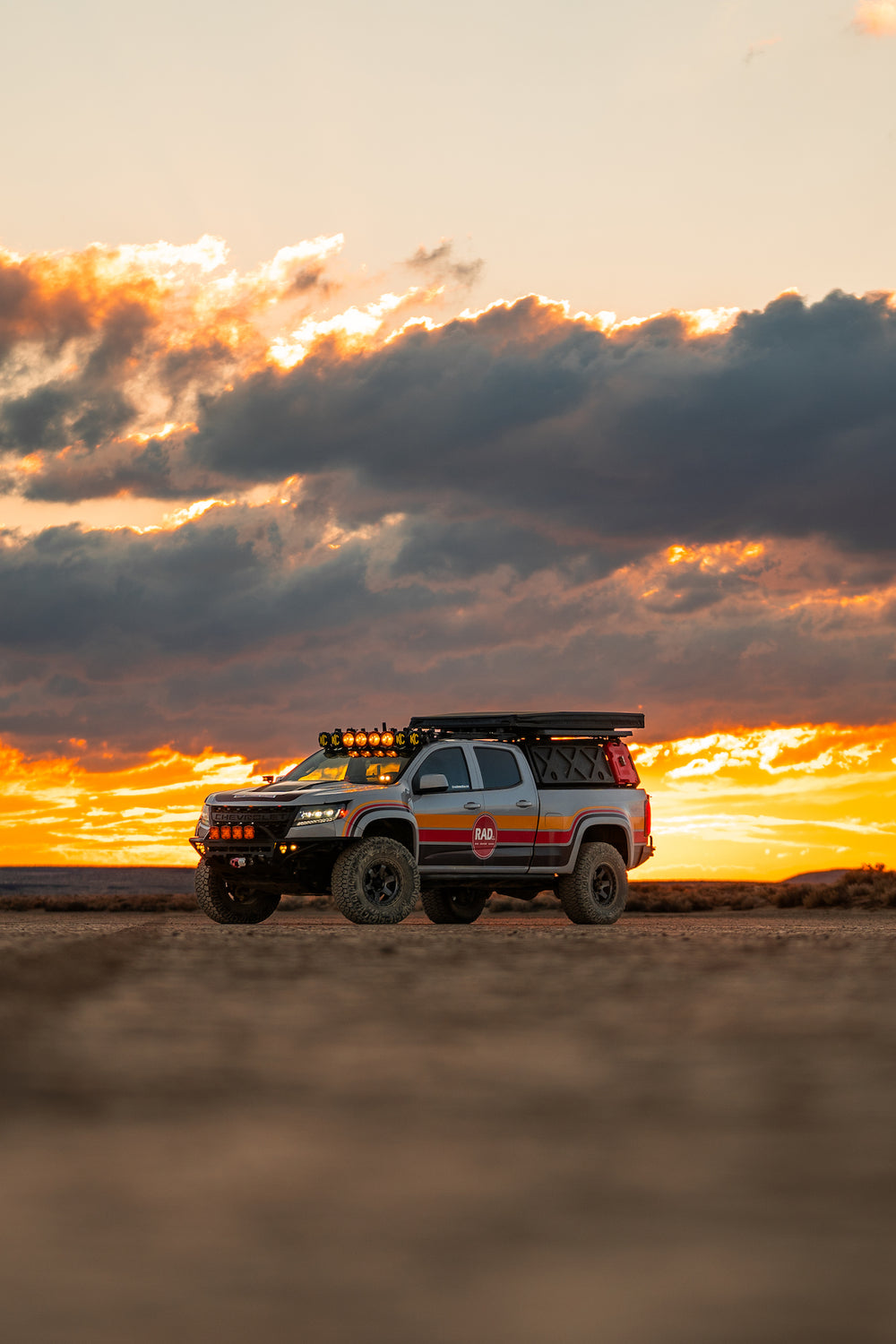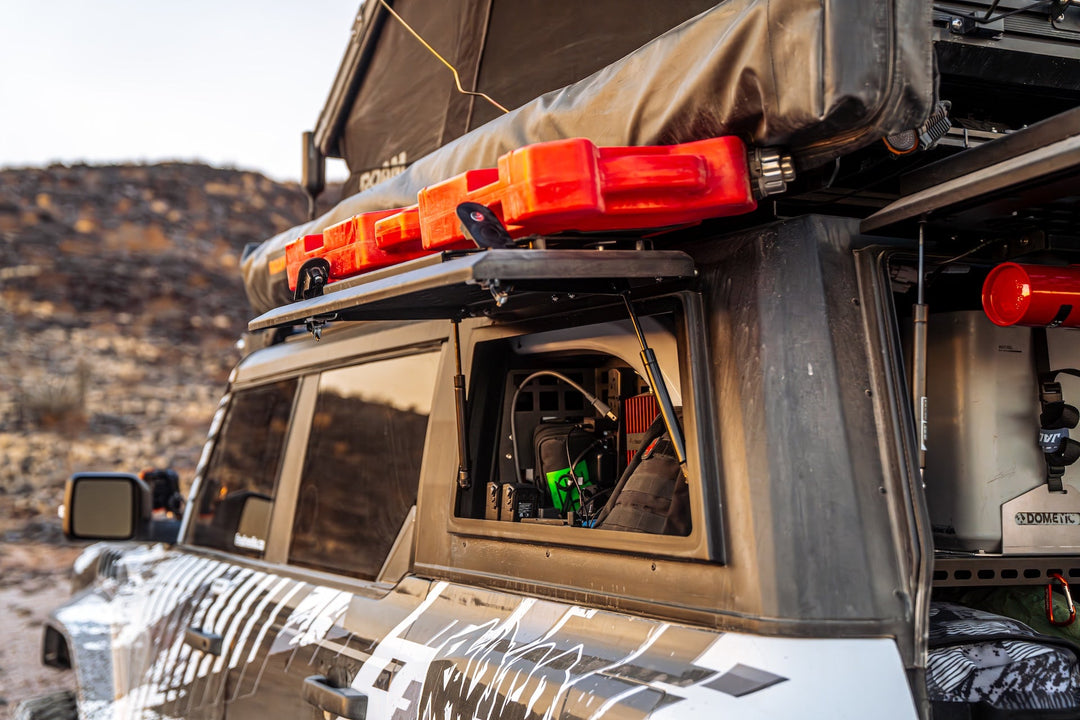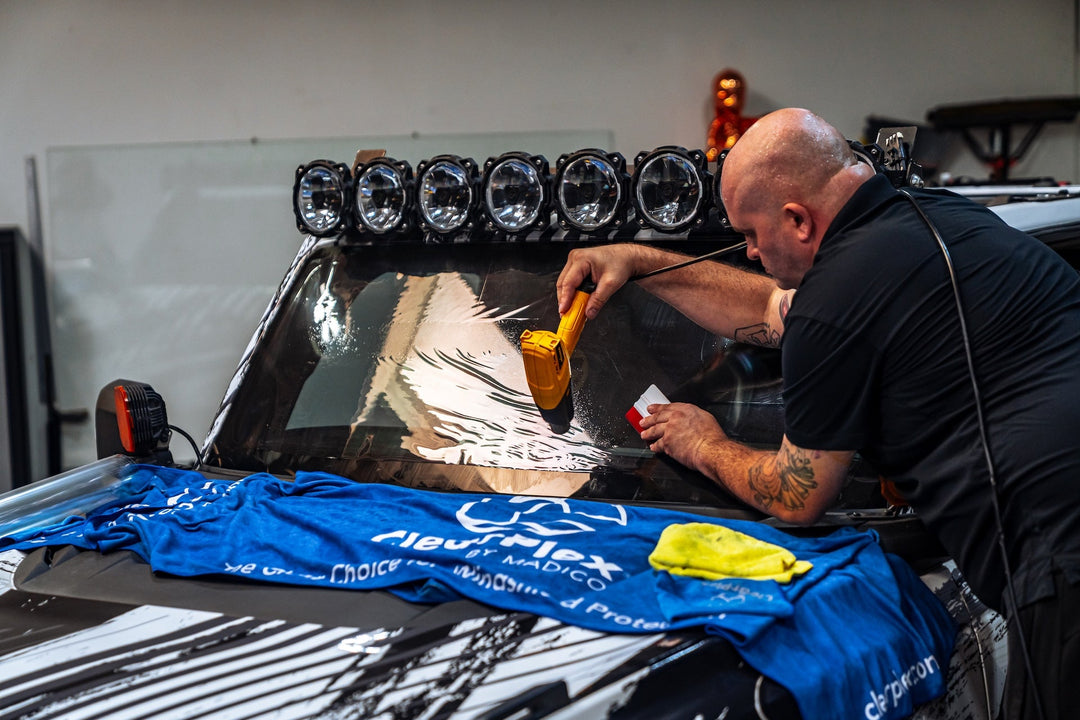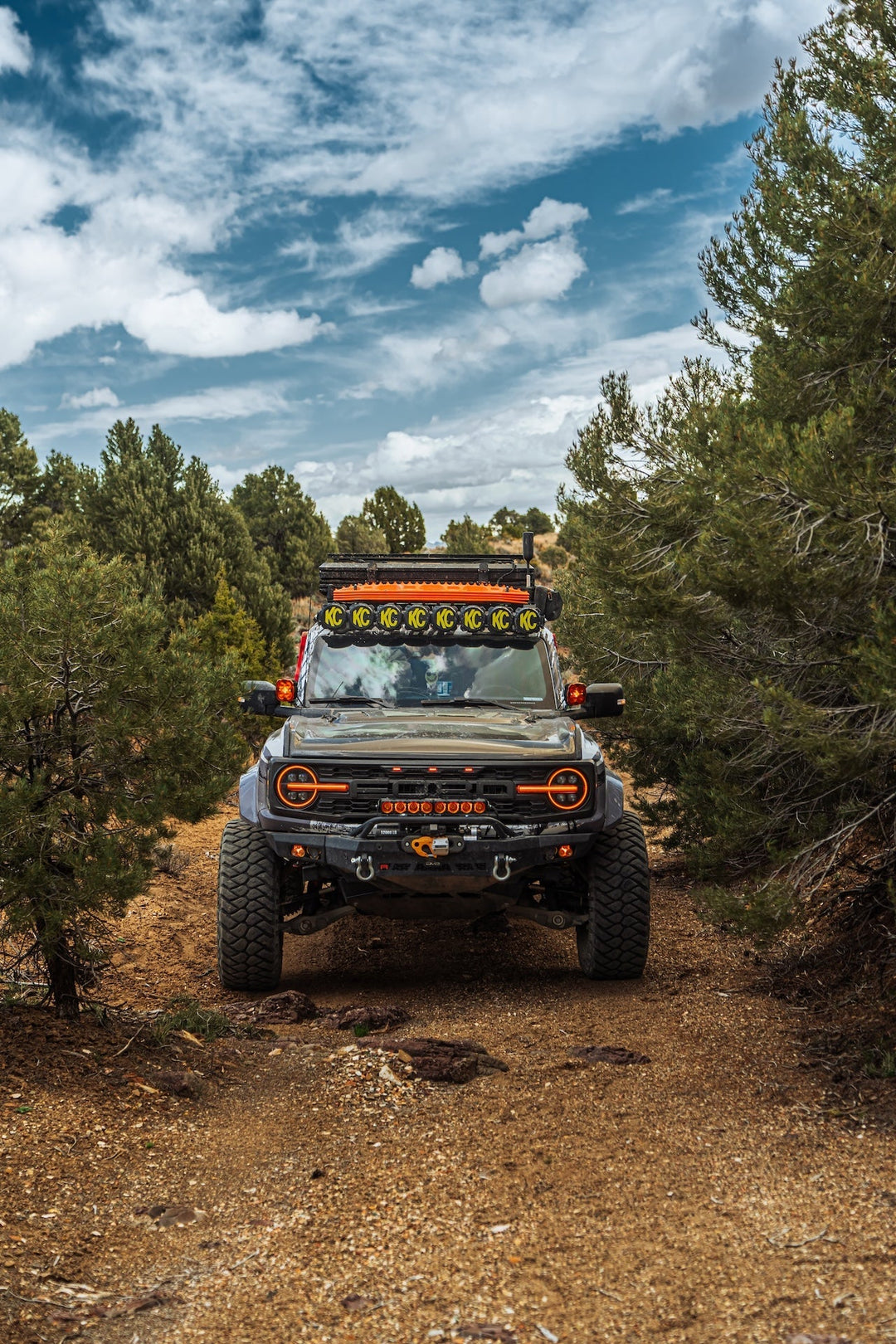Why Every Overlander Needs an H3R Performance Fire Extinguisher
Fire is one of the most overlooked risks in off-road and overland travel—until it’s too late. Whether it's an electrical short from your dual battery setup, a fuel leak from rock damage, or a cooking accident at camp, having a reliable fire extinguisher can mean the difference between a minor inconvenience and a total loss of your vehicle and gear.
We’ve seen firsthand how quickly a fire can escalate. On one of our Sprinter overland trips, a van caught fire inside the dinette area—a tough space to access. It took four standard fire extinguishers and a hatchet to break into the compartment to put it out. Meanwhile, the Element stick fire extinguishers we had failed to ignite when struck. That experience made it clear: not all fire extinguishers are created equal.
Why H3R Performance?
After researching options, we landed on H3R Performance fire extinguishers for our builds. Here’s why:
1. Clean Agent vs. Dry Chemical
- H3R HalGuard (HG250, HG100R, etc.) use Halotron® clean agent, which does not leave corrosive residue behind. This is crucial for overlanders because a standard dry chemical extinguisher can destroy electrical components, wiring, and even your engine bay.
- H3R MaxOut (MX250, MX100, etc.) use dry chemical, which is more affordable and effective but leaves a mess that can be difficult to clean.
2. Proven Reliability
Unlike the Element stick extinguishers we tested, H3R extinguishers have a track record of actually working when needed. Element’s concept is great in theory—small, lightweight, and long-lasting—but in a real emergency, we found them unreliable when it mattered most.

The Biggest Fire Risk for Overlanders: Electrical Fires
Most overlanders and off-roaders modify their vehicles with dual battery setups, auxiliary lighting, solar panels, inverters, and fridges—all of which add complex electrical wiring. Rough terrain, vibrations, and moisture can wear down wiring insulation, leading to:
- Short circuits from exposed wires
- Overheated power inverters or battery terminals
- Faulty fuse blocks or connectors
A fire extinguisher designed to handle electrical fires is non-negotiable. H3R’s HalGuard models are specifically rated for Class B (flammable liquids) and Class C (electrical fires), making them an excellent choice for vehicle fires.

Other Fire Risks in Overlanding
While electrical fires are a major concern, overlanders also face:
- Fuel and Oil Fires – Common in engine bays or after undercarriage damage
- Brake and Transmission Fires – Overheating on long descents or when towing
- Cooking Fires – A wind gust + grease = disaster at camp
- Wildfire Risks – A carelessly placed campfire or a spark from a recovery operation can ignite dry brush
Where to Mount Your Fire Extinguisher
An extinguisher is only useful if you can grab it quickly. We mount ours in:
- Rear of the Bronco Raptor with the universal mount for quick access near our electrical system and cooking area.
- Driver’s seat area for emergencies inside the cabin.
- Exterior roll cage/bed rack for fast deployment when outside the vehicle.
H3R offers quick-release mounts that keep the extinguisher secure on rough terrain but accessible in seconds.
Final Thoughts
If you’ve invested thousands into your build, don’t let a fire take it all away. H3R Performance extinguishers offer reliable fire protection without the downsides of standard dry chemical models. Their HalGuard line is particularly valuable for overlanders, ensuring you can put out a fire without destroying your electronics in the process.
Fire safety is one of those things you hope you never need—but when you do, you need it to work 100% of the time.






Leave a comment